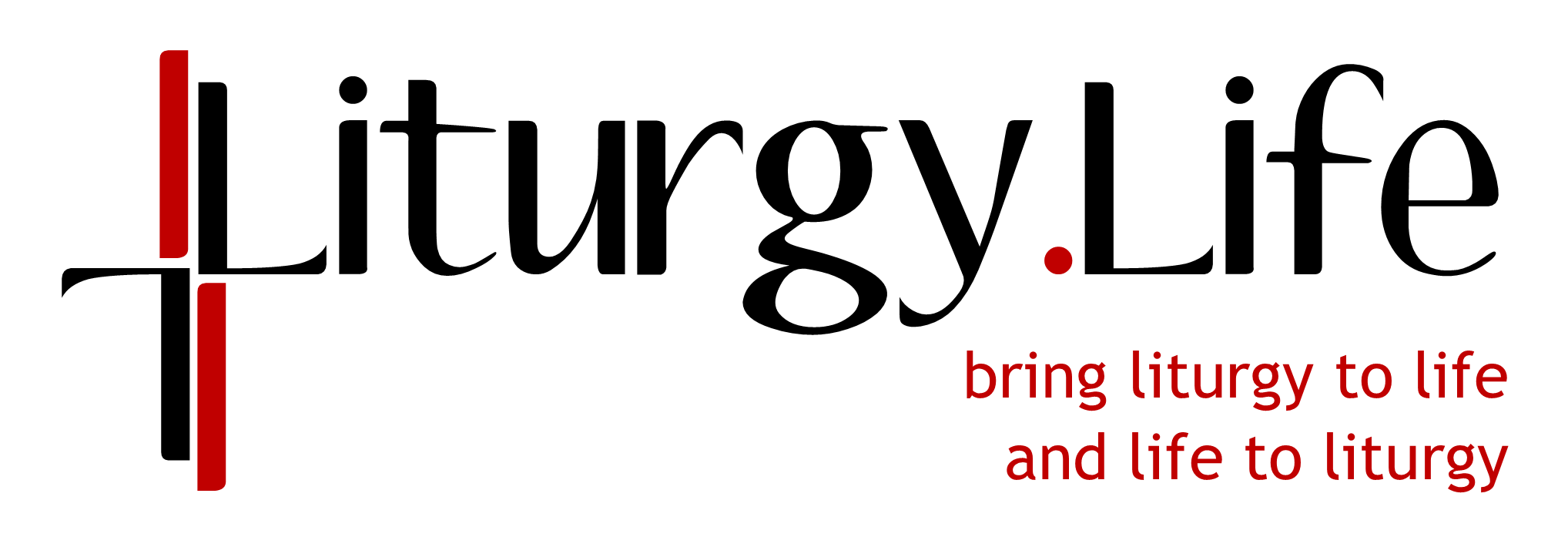The suspension of our normal liturgical life has caused two general reactions. On the one hand, there has been an effort to energize Christian households as domestic churches, resourcing them for the celebration of full, conscious, and active participation in their homes.
On the other hand, there has been a lot of energy directed toward keeping the parish church as the center of liturgical life, primarily through computer-streamed Masses.
It seems most parishes and dioceses have done a mix of both, but there has usually been more emphasis on the parish church, trying to keep the celebration of Mass as consistent and normal as possible in this difficult time. This seems natural in many ways. It is what we are all used to.
These two options in this emergency situation—a focus on the domestic church vs. a focus on the parish church—represent a tension between our model of church before the Second Vatican Council and our model of church after the council.
What is this tension between our models of the church?
When I say there is a “tension” between these two models, that does not have to mean something negative. A married couple, for example, automatically exists in a relationship of tension. In healthy marriages, the tension, the difference, is positive, leading both spouses to growth. But the tension can also be negative, causing friction and stress.
Where the tension in our church models begins to cause friction is when parishioners and even priests start to advocate for solutions such as drive-through communion, telephone confessions, and online absolution.
The tension in our church models begins to cause friction is when parishioners and even priests start to advocate for solutions such as drive-through communion, telephone confessions, and online absolution. Share on XOn the one hand, these proposed innovations have a logic to them. If the Holy Spirit is not bound by time or space, why can’t the Spirit forgive my sins as well as everyone who is logged into Zoom for absolution or when I tell my sins to a priest over the phone? Why can’t I drive through a communion pick-up line at church like I do for groceries or take-out food? It’s all food, after all.
The logic behind these responses depends upon what we mean by “sacrament.” For generations, we understood sacraments to be objects or quasi-objects. In a sense, we stood outside the sacraments and observed them from a distance. When we wanted to draw as close to God as possible, we would go to the priest to get a sacrament. Often, though, just seeing a sacrament was enough — as in when the priest raised the eucharistic elements at Mass. We can call this a top-down or pyramid model of church.
The “People of God” model from the Second Vatican Council
The Second Vatican Council clearly wanted to move the church toward a new model — a People of God model. This was affirmed by Pope Benedict XVI, who was a theological advisor (peritus) at the council. In 2012, the pope said:
Co-responsibility demands a change in mindset especially concerning the role of lay people in the Church. They should not be regarded as “collaborators” of the clergy, but rather as people who are really “co-responsible” for the Church’s being and acting. (“Message on the Occasion of the Sixth Ordinary Assembly of the International Forum of Catholic Action” [10 August 2012])
What we mean by sacrament in a People of God model of church draws on the teaching of the patristic-era church and relatively recent biblical scholarship. By returning to those sources, the council brought us back to an understanding of sacrament as an encounter (encuentro) with Christ and the church. When we gather as church to worship, we encounter Christ so fully as to become one with Christ. Christ is truly present to the church and in the church in liturgical prayer.
So more than just an object to be observed, sacrament is an event. We are not outside the sacrament looking in. We are the sacrament enacted and embodied as church encountering Christ.
More than just an object to be observed, sacrament is an event. We are not outside the sacrament looking in. We are the sacrament enacted and embodied as church encountering Christ. Share on XWhen we are unable to gather as church, we are unable to celebrate sacramentally. A priest celebrating Mass by himself or with one or two others in the parish church is theologically a sacrament. But it is not the fullness of the church encountering Christ. It is an emergency measure, not the norm. And the rest of our sacramental life is truly disrupted: no initiation, no weddings or funerals, no anointings, no ordinations, no confessions.
In some regions, some of these things, especially confessions, are done in similar reduced, emergency contexts. They are not, however, what any of us envision as the full, conscious, and active participation of the baptized and ministerial priesthood encountering the Risen Christ in fullness.
In the absence of that sacramental fullness, some folks want to fill the void with something like the sacraments they are missing. However, proposals such as confession over the phone or drive-through communion are not sacramental in any sense. The baptized priesthood as an active agent in the event of the sacrament is missing in these vestigial imitations of the sacraments.
How worship in the domestic church is sacramental
The domestic church at worship, on the other hand, is sacramental. Without the presence of the ministerial priesthood, the domestic church cannot celebrate the official sacramental rites of the church. But it can act as a little church, fully, consciously, and actively encountering the Risen Christ.
In other words, if in this desert experience we must be deprived of capital-S sacraments, what is the most authentic way to maintain our life as a sacramental people? If we think of sacraments as objects we can get over the phone, over the internet, or in a drive-through line, we are in danger of reverting to a model of standing outside the sacraments looking in.
If we embrace our baptismal priesthood and continue to celebrate as a sacramental people, giving thanks and praise in our domestic churches, we will eventually return to our parish churches as a stronger people of God. Share on XIf, on the other hand, we embrace our baptismal priesthood and continue to celebrate as a sacramental people, giving thanks and praise in our domestic churches, we will eventually return to our parish churches as a stronger, more engaged, more enspirited People of God as we continue to encounter the Risen Christ.
See also these related articles:
- Without payment or merit
- The heart of the Eucharist
- A tedious mission?
- Upending the table
- Beyond bread and wine
- The mystery of a meal
- Why communion ministers serve — a guide for trainers
- Liturgical adaptations during the pandemic
- Bulletin Shorts for the Solemnity of the Most Holy Body and Blood of Christ (Corpus Christi)
- True food and drink



Leave a Reply